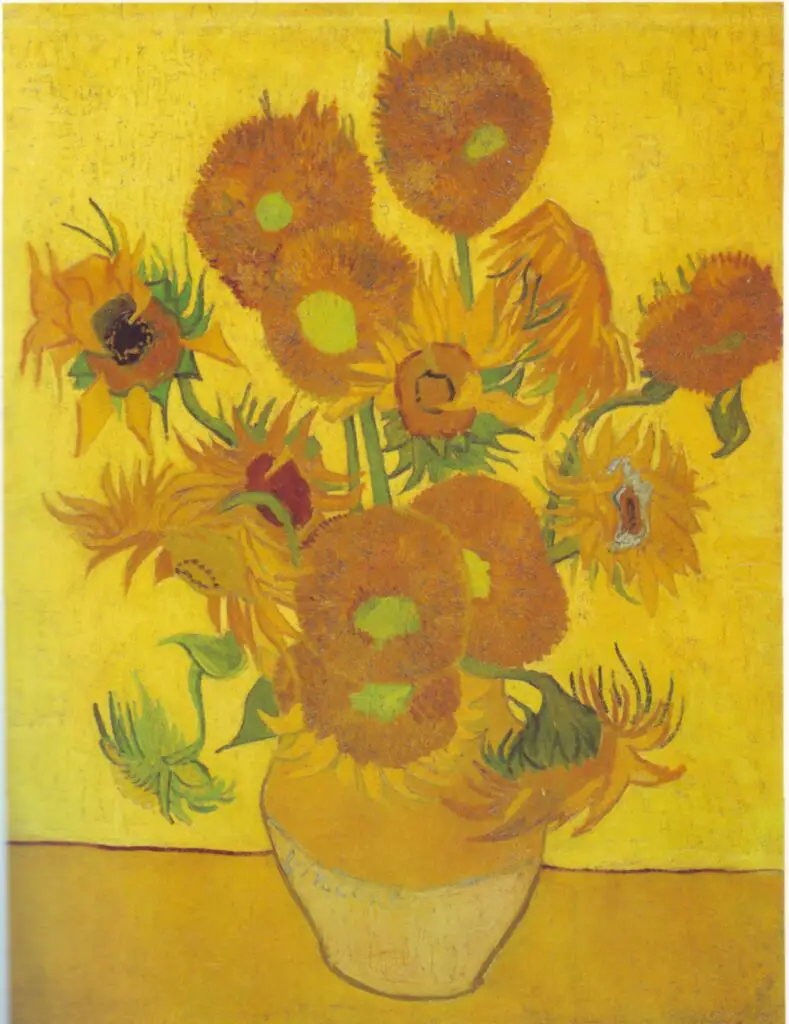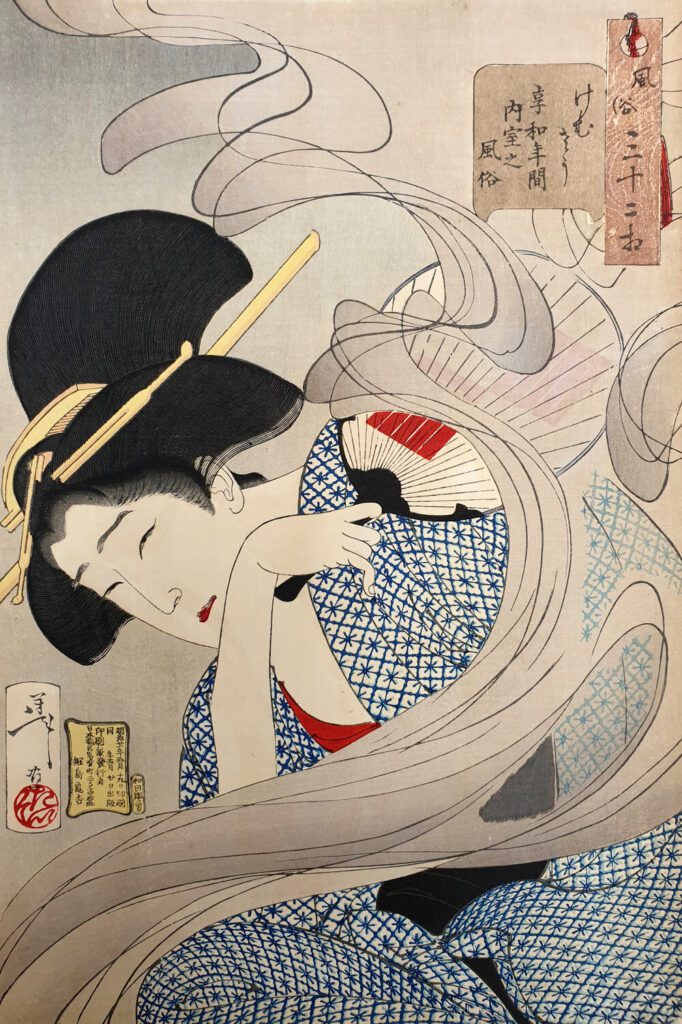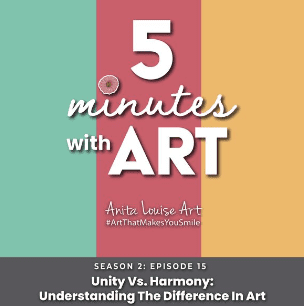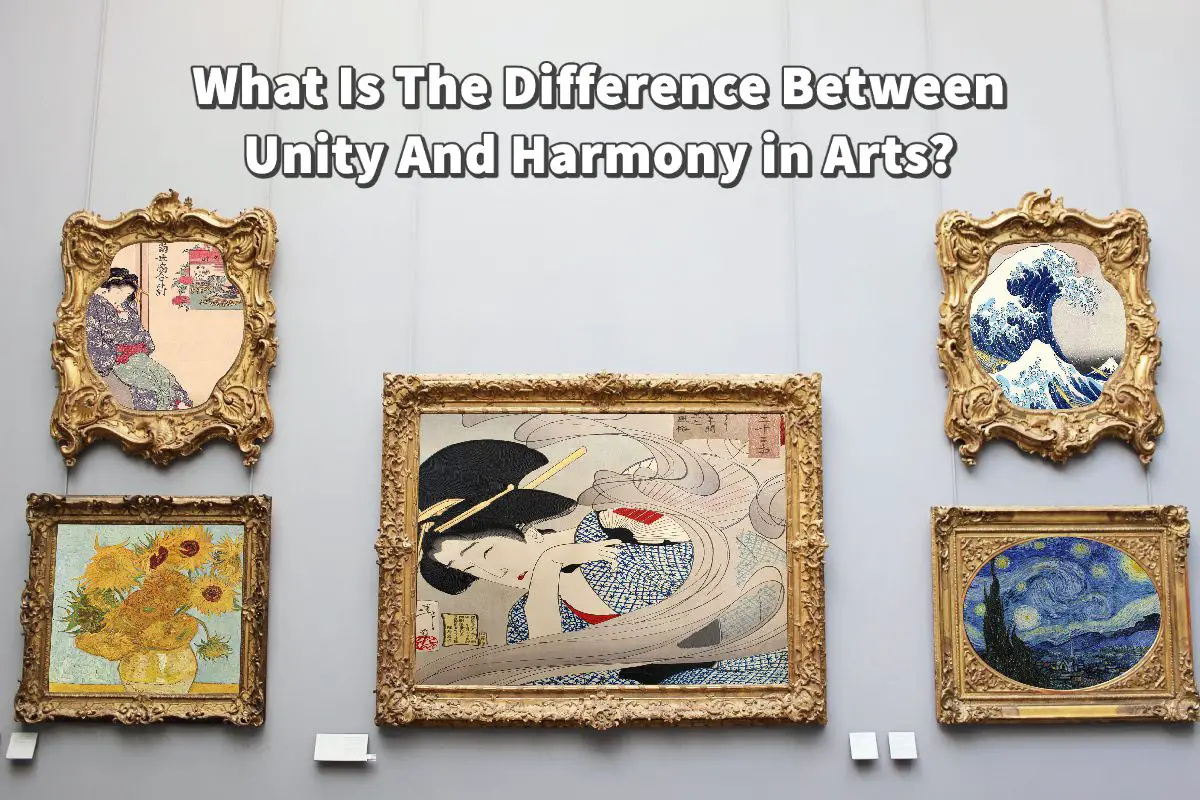Sometimes the different elements of art can be challenging to understand. Two challenging elements are the differences between unity and harmony in art.
Harmony is about art that creates cohesiveness, stressing the similarities but related parts in the work. Unity is a much broader term; unity is all about the different parts of the work of art that are separate but all work together. In other words, unity is all the parts working well together in art. Read on as we explore some differences between unity and harmony in art.
Table of Contents
- Harmony Vs. Unity In Art
- Methods to Help Achieve Unity in Art
- Harmony And Unity In Art Differences Explained
- Frequently Asked Questions About Unity and Harmony in Art
- Related Questions
Harmony Vs. Unity In Art
Artists and art enthusiasts alike often discuss the concepts of harmony and unity in works of art. While these terms may seem interchangeable, they refer to distinct principles of composition that can greatly impact the overall success of an artwork.
Read on as we will explore the differences between harmony and unity in art, as well as their importance in creating successful works of art.
Harmony in Art Defined
Harmony is a principle of art that is best defined as art that has cohesiveness. Harmony stresses the similarities of separate yet related parts of the artwork.
Some elements of harmony in art:
- Using colors that relate to each other creates harmony in art.
- A uniform texture, such as brushstrokes all go the same direction.
- Similar shapes, such as all curvy shapes in a composition, would be harmony.
- Using other similar shapes as geometric shapes would be harmony.
- Harmony in art can use color, line, shape, form, value, space, and texture.
Harmony is about a sense of togetherness in the work of art.
A great example is an artist who used color harmony to paint is van Gogh’s sunflowers. Van Gogh only used three tints of yellow and nothing else in the coloring for his sunflowers.

This is an example of an artist who used very few colors to create a fantastic harmony of colors.
Unity in Art Defined
Unity is the feeling in the art that gives the piece “oneness” or that all the parts fit together. Even though unity and harmony seem similar, they are not the same, as unity is a broader term.
Some elements of unity in art:
- Unity is about all the separate parts of artwork working together. In other words, they all fit together.
- Unity is not easy to understand as it is an impression that conveys to the viewer that all the parts of the artwork fit together.
- Unity in art can also encompass color, shape, and subject matter.
Methods to Help Achieve Unity in Art
To help you achieve unity in your art, you can use some methods. Many artists use those methods: simplicity, repetition, and proximity.
Ways and Methods To Achieve Unity In Art
- Simplicity – Simplicity means that you will look to simplify your artwork or you reduce the amount of potential variety in work. If you look at the artist van Gogh, you will see that he did this quite a bit with his portraits. He often had a very simple background or, in many cases, a colored background. Using simplicity, you also ensure that your work will not clash and that there will be unity throughout your artwork.
- Repetition – Repetition within an art composition can help to guarantee a feeling of unity. Some artists that were masters of this were the Japanese Woodblock Prints Ukioyo-e artists. If you look at their woodblock prints, you will see that they use a lot of repetition, pattern, and other things to give their works of art a feeling of unity. Vincent van Gogh also did similar techniques in a lot of his artwork, where he would also use patterns of repetition.

- Proximity – Proximity refers to the closest of different components in a work of art. This is about placing parts together so that you can see the parts as one. Proximity is also about how close things are to each other. The closer they are, the more they tend to be together.
Thinking about things such as simplicity, repetition, and proximity helps artists achieve unity in their artwork.

Listen To Our Podcast About Unity Vs. Harmony: Understanding The Difference In Art by clicking here.
Harmony And Unity In Art Differences Explained
Even though harmony and unity may seem similar in art, they are not the same. An artist needs to understand the differences between these art terms.
Some differences between harmony and unity in art are explored
- Unity is a Broad Term – Unity in art is a very broad term that can encompass many things within the artwork itself. It is a much broader term than the term harmony.
- Harmony is a Limited Term – Harmony is a limited term used to show how the artworks are together for things such as shape and color, uniform texture, etc.
- Harmony and Unity Are Not The Same – Harmony and unity are different. Harmony can help enhance the artwork’s unity as the artist uses harmony in color, line, shape, form, value., space, and texture.
Even though harmony and unity seem very similar in art, they are not the same. Unity is a broad term, whereas harmony is a more limited or defined term in art. Generally speaking, a work of art would either have harmony or unity.
Anita Louise Art is dedicated to art education, great artists, and inspiring others to find and create their art. We love art that uplifts and inspires. #ArtToMakeYouSmile! #ArtToMakeYouHappy!
If you want to see any of my art, you can find out more by clicking here. If you are interested in what inspires me and my paintings, you can discover more by clicking here.
We have a free newsletter and would love you to be part of our community; you can subscribe to the newsletter by clicking here. If you have any questions, I would be happy to talk to you anytime. You can reach me, Anita, by clicking here.
Subscribe to our Anita Louise Art YouTube Channel with great videos and information by clicking here.
Join us for our podcast “5 Minutes With Art.” Spend 5 minutes a week with us to discover and learn about great art and artists. You can find out more about our podcast by clicking here.
Frequently Asked Questions About Unity and Harmony in Art
What is the definition of unity in the arts?
Unity in the arts refers to the idea that all of the elements and components of an artwork work together in a cohesive way, creating a sense of oneness and coherence.
What is the definition of harmony in the arts?
Harmony in the arts refers to the way in which different elements of an artwork complement each other and work together to create a pleasing, unified whole.
What is the main difference between unity and harmony in the arts?
The main difference between unity and harmony is that unity creates a sense of oneness and coherence in an artwork. In contrast, harmony creates a pleasing balance and complementarity between different elements.
How are unity and harmony related to each other in the arts?
Unity and harmony are closely related in the arts, as both concepts involve creating a cohesive and aesthetically pleasing composition.
Why are unity and harmony important in the arts?
Unity and harmony are important in the arts because they help to create a sense of balance and coherence in an artwork, which in turn can help to engage and captivate the viewer.
How do artists achieve unity in their work?
Artists can achieve unity in their work by using a consistent color palette, similar shapes and forms throughout the composition, and creating a clear focal point.
How do artists achieve harmony in their work?
Artists can achieve harmony in their work by using complementary colors, balancing different elements of the composition, and creating a sense of movement and flow.
Can an artwork have unity without harmony?
Yes, an artwork can have unity without harmony if all of the elements of the composition work together cohesively but do not necessarily complement each other in a way that creates a pleasing balance.
Can an artwork have harmony without unity?
Yes, artwork can have harmony without unity if the different elements of the composition nicely complement each other but do not necessarily work together cohesively to create a sense of oneness.
What are some examples of artworks that have both unity and harmony?
Examples of artworks that have both unity and harmony include Vincent van Gogh’s “Starry Night”, Leonardo da Vinci’s “Mona Lisa”, and Pablo Picasso’s “Les Demoiselles d’Avignon”.
Can unity and harmony be subjective in the arts?
Yes, unity and harmony can be subjective in the arts, as what one person finds cohesive and pleasing may not be the same for another person.
How do different art styles approach unity and harmony?
Different art styles approach unity and harmony in different ways. For example, abstract art may use color and form to create a sense of unity, while realism may focus on creating a sense of harmony through balance and proportion.
Is unity more important than harmony in the arts?
There is no clear answer to whether unity or harmony is more important in the arts, as both concepts are important for creating a successful and engaging composition.
Can an artwork have unity and harmony but still be unsuccessful?
Yes, an artwork can have unity and harmony but still be unsuccessful if it fails to communicate a clear message or engage the viewer.
How does the use of negative space impact unity and harmony in an artwork?
The use of negative space can impact unity and harmony in artwork by creating a sense of balance and complementarity between different elements or by creating a sense of emptiness or dissonance.
How do the principles of unity and harmony relate to other principles of art, such as balance and proportion?
The principles of unity and harmony are closely related to other principles of art, such as balance and proportion, as they all involve creating a sense of balance and cohesion within an artwork.
How can viewers learn to appreciate unity and harmony in the arts?
Viewers can learn to appreciate the use of unity and harmony in the arts by studying different artworks and paying attention to how the elements of the composition work together to create a cohesive and aesthetically pleasing whole.
Related Questions
What Is The Difference Between Shape And Form In Art?
The word shape mainly refers to flat, simple 2-D drawings; the shape 2-D drawing would have a length and width. A form is more complex and is 3-D, such as a sphere, cube, or cone. The word form has a dual meaning in art that refers to various elements that make up art. The form is essential for Formalism, abstract art, and biomorphic art.
By clicking here, you can learn more by reading What Is The Difference Between Shape And Form In Art?.
What Is The Difference Between Fine Arts and Visual Arts?
Fine art is a broad term used to describe many different types of art; one of the arts under the umbrella of fine art is visual arts. Fine arts can include music, theatre, dance, literature, and other types of art. In contrast, Visual art is about only arts of a visual nature, such as painting, sculpture, or filmmaking.
By clicking this link, you can discover more by reading What Is The Difference Between Fine Arts and Visual Arts?.


